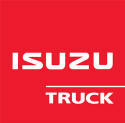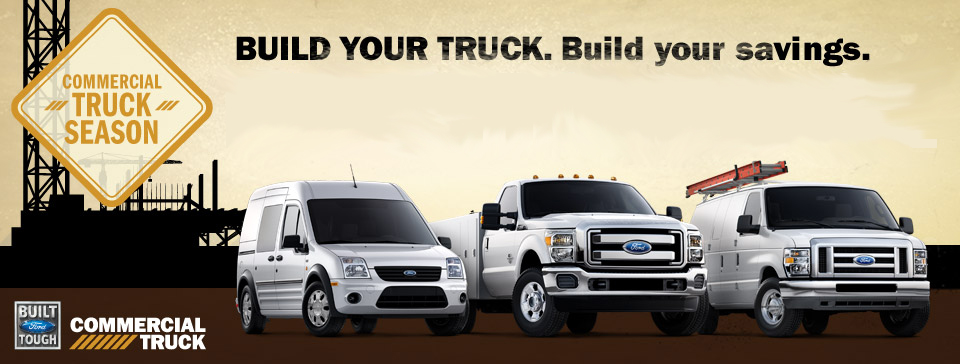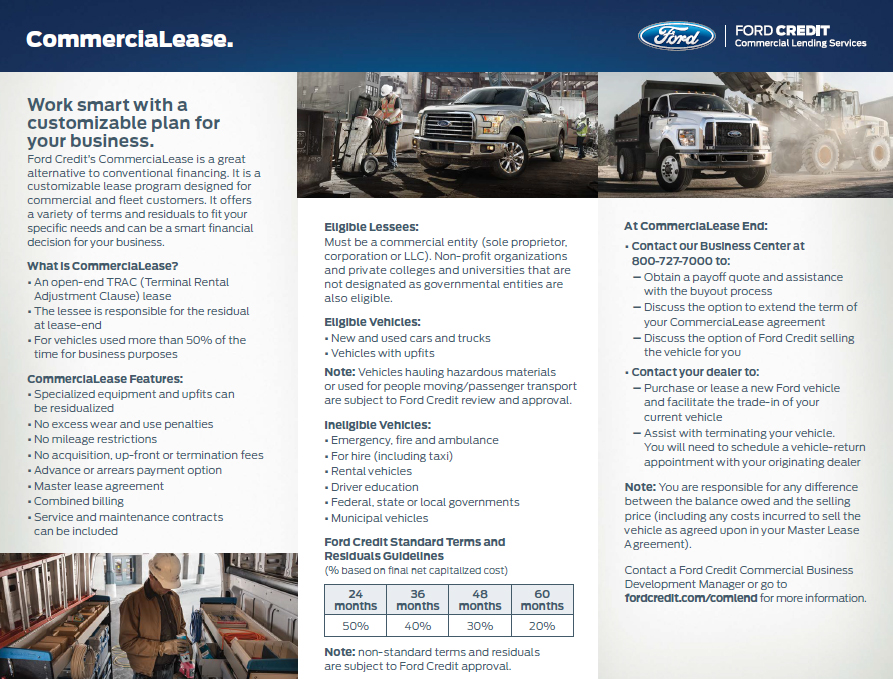In the case of vehicles, the term rolling chassis means
the frame plus the "running gear" like engine,
transmission, driveshaft, differential, and suspension.
A body (sometimes referred to as "coachwork"), which is
usually not necessary for integrity of the structure, is
built on the chassis to complete the vehicle.
For commercial vehicles a rolling chassis consists of
an assembly of all the essential parts of a truck
(without the body) to be ready for operation on the
road. The design of a pleasure car chassis will be
different than one for commercial vehicles because of
the heavier loads and constant work use. Commercial
vehicle manufacturers sell “chassis only”, “cowl and
chassis”, as well as "chassis cab" versions that can be
outfitted with specialized bodies. These include motor
homes, fire engines, ambulances, box trucks, etc.
In particular applications, such as school buses, a
government agency like National Highway Traffic Safety
Administration (NHTSA) in the U.S. defines the design
standards of chassis and body conversions.
An armored fighting vehicle's hull serves as the
chassis and comprises the bottom part of the AFV that
includes the tracks, engine, driver's seat, and crew
compartment. This describes the lower hull, although
common usage of might include the upper hull to mean the
AFV without the turret. The hull serves as a basis for
platforms on tanks, armored personnel carriers, combat
engineering vehicles, etc.
Source: http://en.wikipedia.org/wiki/Chassis




